
Complete Guide to Dog Cancer: Types, Symptoms, and Treatments 2025
Facing cancer, whether personally or through a loved one—including our furry companions—is a harsh reality. This disease is like an unrelenting storm, leaving distress in its wake. If you, a family member, or even your cherished pet are battling this illness, know that our thoughts are with you.
These times are never easy. Cancer remains the leading cause of premature mortality in France among humans. However, we often overlook how common it is among our canine friends.
As they age, dogs are increasingly susceptible to various types of cancer, just like humans.
If your pet is affected by this disease, we want you to know that you’re not alone. A cancer diagnosis can feel overwhelming, bringing a flood of uncertainty. Our goal is to offer clarity and guidance during this difficult time.
In this article, we’ll explore the different forms of canine cancer, their symptoms, available treatments—including conventional and natural approaches—and preventive measures you can take.
We take pride in having helped numerous pet owners with expert advice and holistic health solutions tailored for their furry companions.
Read on to gain crucial knowledge about cancer in dogs.
What causes tumors and cancer in dogs?

Several elements contribute to cancer development in dogs, including genetic predisposition and environmental factors.
Purebred dogs, for instance, often have a smaller gene pool, which can make them more vulnerable to specific types of cancer. Conversely, mixed-breed dogs generally face a lower risk of hereditary cancers.
In some cases, cancer arises spontaneously, while in others, it is influenced by external factors such as pollution, pesticides, or artificial food additives.
Pinpointing a single cause is challenging. At its core, cancer results from the abnormal and uncontrolled multiplication of cells. The affected cell type determines the kind of cancer and its progression.
- RECOMMENDED READING: A Simple Guide to Alternative Medicine for Pets
How to recognize early signs of cancer in dogs?

As dogs age, they may develop symptoms that require prompt veterinary attention.
Some of the warning signs of cancer in dogs include:
- Unexplained weight loss
- Decreased energy levels
- Rapidly growing lumps or swellings
- Signs of pain or discomfort
- Persistent wounds that don’t heal
- Loss of appetite
- Breathing difficulties or digestive problems
- Changes in temperament
- Limping without apparent injury
- Seizures or tremors
To stay ahead of potential issues, review these 10 key warning signs of canine cancer, as early detection can make a substantial difference in your pet’s health.
How is cancer diagnosed in dogs?
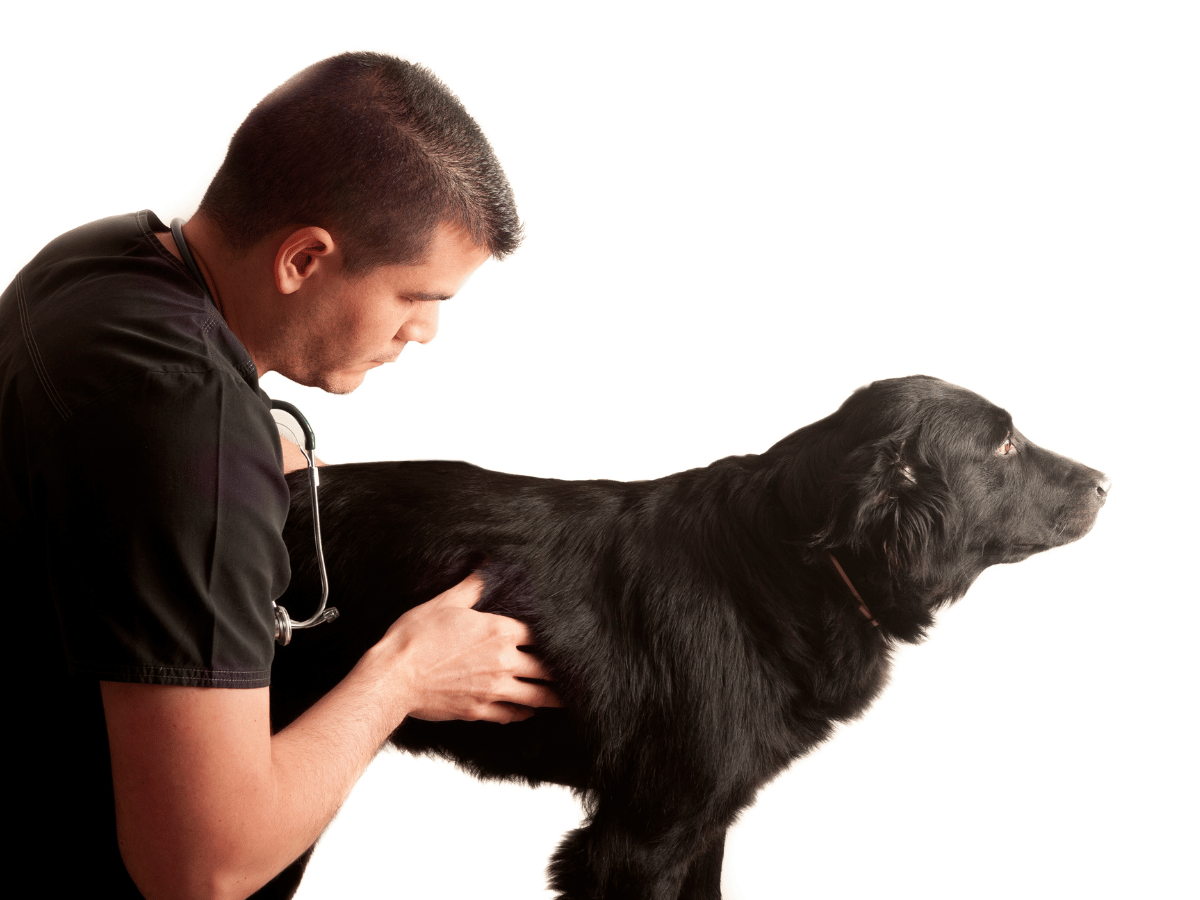
The symptoms of cancer can vary widely depending on the affected area. An unusual lump or noticeable behavioral changes often prompt an initial veterinary consultation.
For example, a brain tumor might manifest through neurological signs, while lung cancer could lead to breathing issues. If the digestive system is affected, symptoms may include stomach-related disturbances.
Helping Your Dog Fight Cancer: Available Treatments

Receiving a cancer diagnosis for your dog can be overwhelming, but numerous treatment options exist to manage the disease. A cancer diagnosis is not necessarily a definitive end for your pet.
From standard medical treatments like chemotherapy and radiation to alternative solutions such as holistic care and specialized nutrition, different approaches can support your dog’s health.
Standard Medical Treatments for Canine Cancer
Many cancers in dogs share characteristics with human cancers, meaning that treatments like chemotherapy and radiation therapy can be effective. However, these options can be intense and require careful consideration.
Radiation and Chemotherapy
Veterinarians focus on maintaining a good quality of life for dogs undergoing traditional cancer therapies, rather than solely prolonging their lives.
For younger dogs, remission might be the objective, whereas for older pets, comfort and pain management become the priority.
Tumor Reduction Strategies
Radiation therapy, performed in specialized clinics, is commonly used post-surgery to eradicate remaining cancer cells or shrink inoperable tumors.
In some cases, chemotherapy complements radiation to enhance treatment effectiveness, particularly for tumors in sensitive areas like the mouth or nasal passage.
Chemotherapy is administered either orally at home or intravenously at a veterinary clinic. As in humans, side effects such as nausea, appetite loss, and immune suppression may occur, but protocols aim to minimize these issues.
Next, let’s look at natural alternatives that may support your dog’s cancer management.
Surgical Interventions
Whenever feasible, surgical removal of tumors provides the best chance of eliminating cancer.
In my experience working at a veterinary clinic, I assisted in numerous tumor removal surgeries, and many cases had successful outcomes.
Your veterinarian will determine if surgery is the best course of action based on your dog’s condition.
Natural Ways to Support Dogs with Cancer

Even in cases of aggressive cancer, there are methods to enhance your pet’s comfort and overall well-being.
Various natural treatment options exist to help support your dog’s health.
These remedies are affordable, easy to administer, and safe for long-term use.
Holistic and Alternative Therapies
Alternative medicine offers supportive care for dogs with cancer. Holistic treatments can complement standard medical interventions to improve outcomes.
Key areas such as diet and natural supplements play an essential role in strengthening a dog’s system.
Turmeric (Curcumin)
Curcumin, an active compound in turmeric, is recognized for its strong anti-inflammatory and anti-cancer properties. It is easily accessible and may help slow cancer cell development.
Medicinal Mushrooms
Some pet owners incorporate medicinal mushrooms into their dog’s care plan. Chaga mushrooms, for example, may slow tumor progression in various organs.
Hericium mushrooms are especially beneficial for cases involving leukemia or liver tumors.
Optimizing Nutrition
Proper nutrition plays a crucial role in supporting dogs battling cancer. A balanced diet can enhance the immune system and contribute to overall health.
Antioxidant-Rich Foods
Antioxidants, found in various vitamins and minerals, combat oxidative stress that can promote cancer development.
Consider incorporating antioxidant-rich foods into your dog’s diet under veterinary supervision.
Carrots
Carrots provide essential antioxidants and can be offered as a nutritious snack.
Sweet Potatoes
Sweet potatoes, rich in beneficial nutrients, should be cooked before serving.
Tomatoes
Tomatoes contain compounds that may help slow the progression of certain cancers.
Omega-3 Fatty Acids
Omega-3 supplements support overall health, reduce inflammation, and can improve appetite—especially crucial for dogs struggling with cancer-related weight loss.
Understanding the Most Common Canine Cancers
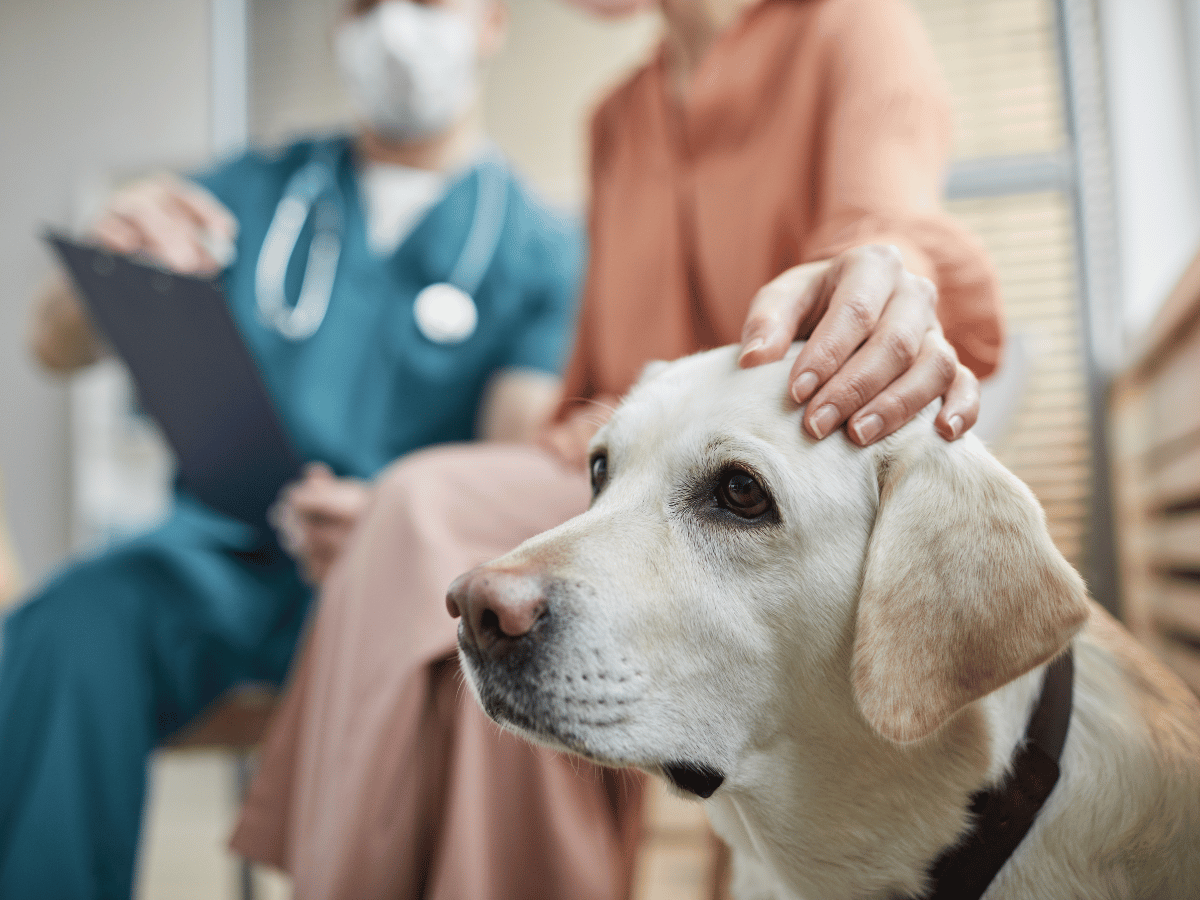
Canine cancer is classified based on the organ or system where abnormal cell growth begins. Here are some of the most frequently diagnosed and aggressive types of cancer in dogs:
Skin Cancer in Dogs (Melanoma and Malignant Melanoma)
Melanoma is a type of skin cancer that targets melanocytes, the pigment-producing cells in a dog's body.
Benign melanomas, which are non-cancerous, often appear on fur-covered areas, whereas malignant melanomas tend to develop in the mouth's mucous membranes. A persistent case of bad breath could be an early warning sign of this aggressive disease.
Similar to humans, dogs can develop various types of skin cancer. The three most prevalent forms include malignant melanoma, mast cell tumors, and squamous cell carcinoma.
Osteosarcoma: A Bone Cancer Affecting Dogs
Osteosarcoma is a highly aggressive form of bone cancer commonly found in dogs. It often appears on X-rays as irregular bone growth or localized swelling.
Unexplained limping or persistent licking of a limb may indicate the presence of this painful disease. Larger dog breeds are particularly susceptible, with tumors frequently developing near the joints of long bones.
Every year, nearly 10,000 cases of osteosarcoma are diagnosed in dogs, making it one of the most frequently occurring canine cancers.
Canine Liver Cancer
Liver cancer in dogs originates within the liver tissue. An ultrasound scan can often reveal an abnormal mass, which may be accompanied by symptoms such as vomiting, decreased appetite, and significant weight loss. A biopsy is required to determine whether the mass is malignant.
Regrettably, a large proportion of liver tumors in dogs are cancerous and have the potential to metastasize.
Bladder Cancer in Dogs
Bladder cancer can be difficult to distinguish from a urinary tract infection, as both conditions share symptoms. For instance, traces of blood in urine may be a warning sign of bladder cancer.
When a urinary tract infection does not resolve with treatment, additional diagnostic tests should be performed.
Bladder cancer represents around 2% of canine cancers. Although relatively rare, it is a particularly aggressive form that frequently spreads to the lungs.
Stomach Cancer in Dogs
This cancer type typically causes digestive disturbances such as vomiting and a diminished appetite. Unfortunately, due to the nonspecific nature of these symptoms, diagnosis often comes late.
Although the precise cause remains unknown, certain breeds, including Beagles and Chow-Chows, appear to have a genetic predisposition.
For additional insights, refer to our guide on stomach cancer in dogs.
Canine Lung Cancer
Primary lung cancer is relatively uncommon in dogs, but other cancerous growths can spread to the lungs via metastasis.
Chronic coughing and difficulty breathing are among the most noticeable symptoms. Diagnosis is typically confirmed through chest radiographs.
Primary lung tumors are generally solitary and sizable, whereas metastatic tumors tend to be smaller and more dispersed.
Spleen Cancer in Dogs
Tumors affecting the spleen, whether benign or malignant, pose serious health risks. As they enlarge, they can cause rupture of the organ, resulting in internal hemorrhaging due to its function in storing blood cells.
Surgical removal of the spleen is a common treatment, and dogs can lead normal lives without it.
Approximately two-thirds of splenic tumors are classified as hemangiosarcomas, which originate from blood vessel cells.
Pancreatic Cancer in Dogs
Canine pancreatic cancer manifests in different forms, often leading to diarrhea, vomiting, and severe weight loss. Due to its late detection, treatment options are often limited.
Life expectancy following a pancreatic cancer diagnosis ranges between six months and two years, depending on the stage at diagnosis and available treatments.
Mammary Tumors in Dogs
Mammary cancer is prevalent among unspayed female dogs, as it is closely linked to hormonal activity. However, spayed females may also develop it. Tumors generally appear as palpable lumps in the mammary region.
Through assisting in surgical tumor removals, I have observed that most cases affect unspayed females. Those not spayed before their first heat cycle are 52 times more likely to develop these tumors.
Although rare, male dogs can also be affected by mammary cancer.
Testicular Cancer in Dogs
One of the signs of testicular cancer in dogs is when one testicle appears noticeably larger than the other. This is frequently observed in dogs that have undescended testicles.
Testicular tumors are commonly found in male dogs that have not been neutered. The most effective preventive measure is neutering your pet.
While not all testicular lumps are cancerous, certain types of tumors, such as hemangiosarcomas, can develop in this area. For additional details, take a look at our comprehensive article on testicular cancer in dogs.
Prostate Cancer in Dogs
The prostate is part of the male dog's reproductive system, and it produces fluid necessary for ejaculation. Although prostate cancer is rare, it is still a serious condition.
More often, dogs experience prostate infections or benign enlargement, but cancer is a possibility. Symptoms such as blood in urine, difficulty urinating, or pain during defecation may indicate a problem.
For further details on prostate cancer, check out our guide on prostate cancer in dogs.
Mast Cell Tumors in Dogs
Mast cells are part of the dog's immune system and are involved in allergic reactions and inflammation. Mast cell tumors often appear on the skin but may also develop in the intestines.
A diagnosis is typically made by performing a cytology test after aspirating the mass with a needle. This cancer can be dangerous if left untreated as it has the potential to spread.
Mast cell tumors can appear differently, so any unusual skin changes should be assessed by a veterinarian. Learn more in our article on mast cell tumors in dogs.
Fatty Tumors in Dogs (Lipomas)
Lipomas are common in older dogs, particularly those who are overweight. These benign tumors are usually soft and, while they can sometimes be large, they typically don't require removal unless they cause discomfort.
My own dog has lived with a lipoma for five years without issue. Certain breeds, like Labradors and Dobermans, tend to develop these more frequently, though any dog can have them.
A rare form of lipoma, known as liposarcoma, can be malignant and attacks fat cells.
Hemangiosarcoma in Dogs
Hemangiosarcoma, often referred to as blood vessel cancer, is highly aggressive and spreads rapidly, making it one of the most dangerous cancers in dogs.
This cancer often spreads to the heart or spleen, and symptoms usually appear only when the disease is advanced, complicating treatment options.
There are three forms of hemangiosarcoma: cutaneous, subcutaneous, and visceral, affecting the spleen, heart, or liver most commonly.
Lymphoma in Dogs
Lymphoma affects lymphocytes, a type of white blood cell important for the immune system. This cancer often causes swelling in the lymph nodes, particularly in areas like the neck.
Lymphoma can affect various organs, leading to symptoms like skin issues. Dogs diagnosed with lymphoma generally have a life expectancy of 6 to 12 months, depending on the disease's progression.
For more information on lymphoma symptoms and treatments, read our guide on lymphoma in dogs.
Brain Tumors in Dogs
Brain tumors can appear in different regions of the brain, with meningiomas (tumors in the brain's protective layers) and gliomas (tumors in the supportive tissue) being the most common.
These tumors can be primary or secondary, with primary tumors originating in the brain, and secondary tumors spreading from other areas of the body.
Symptoms of brain tumors vary depending on their location, with some dogs experiencing vision loss or behavioral changes.
The prognosis for brain cancer is often poor, as conventional treatments are not always effective, and the diagnosis can be costly, prompting some owners to explore alternative therapies.
Metastatic Cancer in Dogs
Metastatic cancer occurs when cancer spreads from its original site to other parts of the body, typically via the bloodstream or lymphatic system.
Symptoms of metastatic cancer can vary, but may include unexplained weight loss, fatigue, difficulty breathing, and loss of appetite. The prognosis depends on factors like the cancer type, the dog’s health, and treatment effectiveness, with life expectancy ranging from months to a few years.
How Often Does Cancer Affect Dogs?

Sadly, cancer is quite common in dogs. Half of dogs over the age of 10 develop cancer, though not all will succumb to it.
If your dog develops a lump or mass, it is essential to have it evaluated by a vet. While older dogs are more prone to masses, not all are cancerous.
What Is the Prognosis for Dogs with Tumors or Cancer?

Tumors
The life expectancy of a dog with a tumor depends on factors such as tumor type, location, the dog’s overall health, and the disease's stage at diagnosis.
Benign tumors can often be removed through surgery with minimal impact on the dog’s lifespan, but malignant tumors, especially if spread, can significantly reduce life expectancy.
With treatment, such as surgery, radiation, or chemotherapy, many dogs can live several years after being diagnosed.
Cancer
The prognosis for a dog with cancer depends on the cancer type, stage, and treatment options. Some cancers, such as mast cell tumors, have a good prognosis, and with proper care, dogs can live for years. However, aggressive cancers like osteosarcoma often have a poor outlook, with survival times ranging from a few months to a year.
How to Reduce Your Dog’s Cancer Risk

Neutering or spaying your dog can lower the risk of certain cancers, especially those affecting the reproductive organs.
Regular veterinary check-ups are essential for catching early signs of cancer and improving the chances of effective treatment.
Keeping your dog in good health is the best way to prevent serious illnesses from developing.
Final Thoughts
Being informed and prepared is essential in the fight against cancer in dogs. Whether opting for traditional treatments or exploring natural remedies, staying knowledgeable will help you make the best decisions for your dog’s care.
We understand the emotional difficulty of this journey and offer our heartfelt support. Cherish the time with your furry companion.
Remember, dogs possess incredible resilience. Stay hopeful and strong!
Have you used any natural health products for your dog? Feel free to share your experiences in the comments!
Contact us for expert advice tailored to your dog's health.
You can also request a Free Health Consultation for personalized guidance and recommendations.







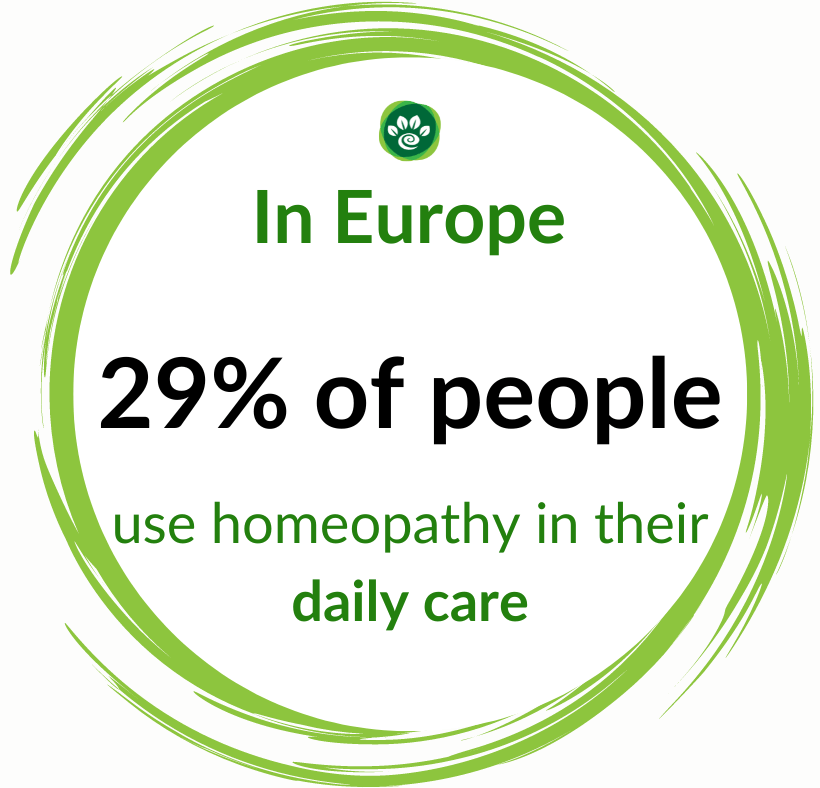
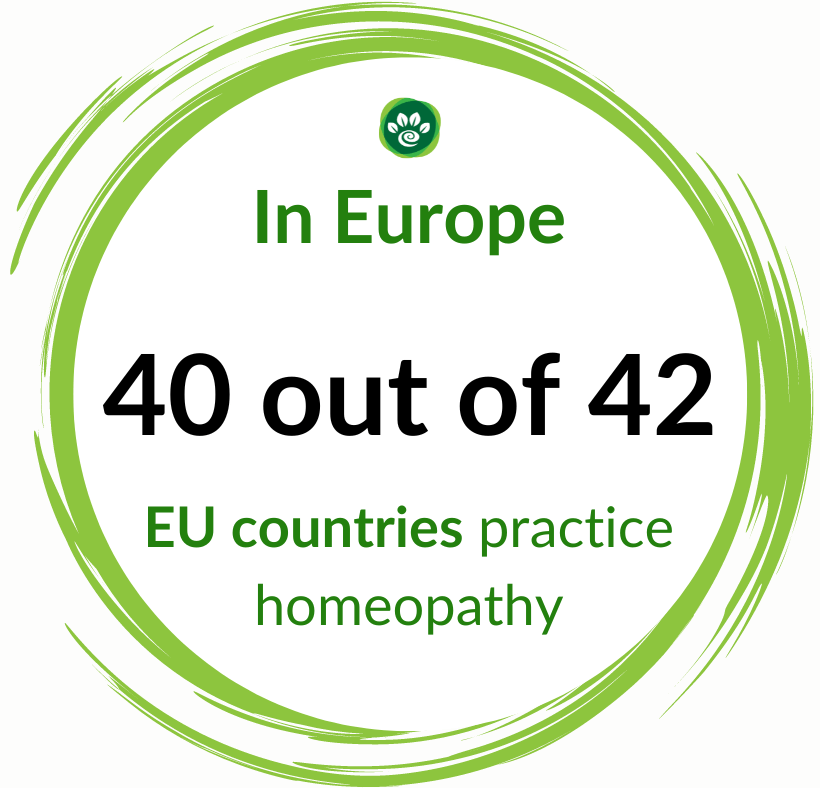
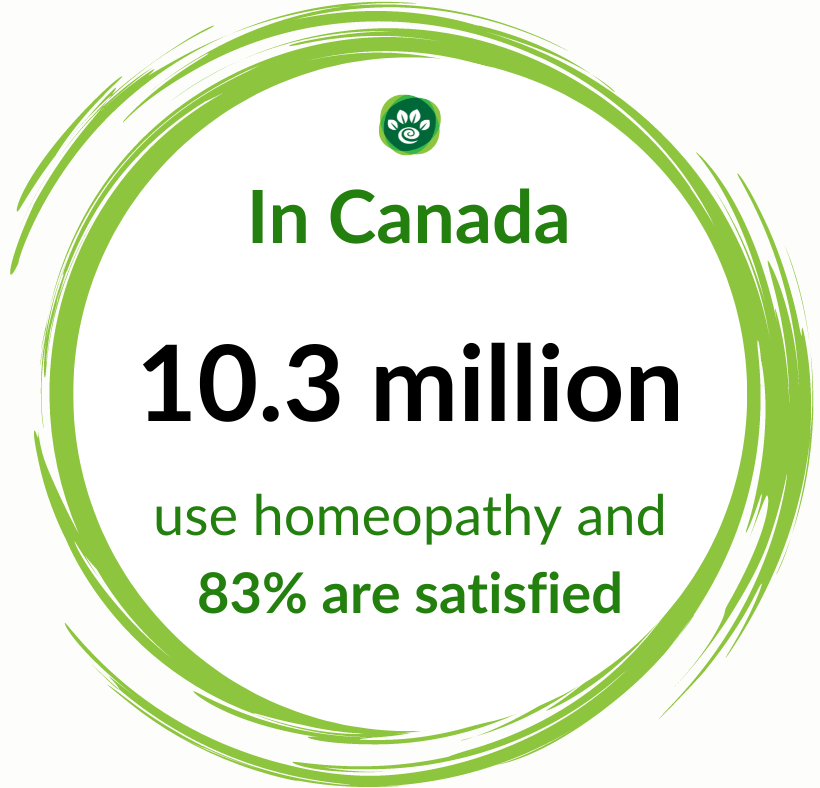
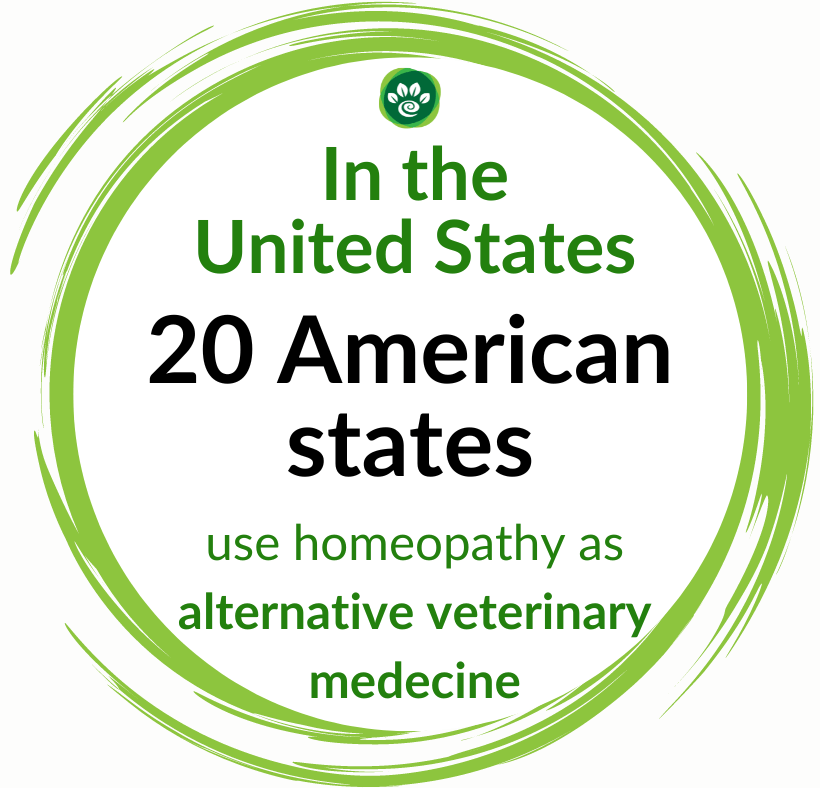















5 comments
Bonjour Carmen. Merci de nous avoir contactés au sujet de votre chienne. Nous allons vous écrire un email pour parler plus en détail de son cas et vous aider. Bien cordialement, HomeoAnimo.com
HomeoAnimo
Bonjour. Ma chienne de 11 ans est traitée avec : Palladia, Cérénia, Silycure et Dermipred pour des mastocytomes Elle a été opérée au niveau de la gencive car elle avait un gros bouton. Maintenant la tumeur est sur le côté de la gorge et du même côté que la gencive. Depuis 2 jours elle a la gencive intérieure très enflée et déglutie souvent. Pouvez-vous m’aider ? Merci
Castro
Merci de nous contacter avec vos questions et soucis, Mme Dussol, c’est certainement une situation difficile et nous sommes désolés pour vous! Nous allons vous faire parvenir sous peu un email pour vous faire des suggestions et discuter de la santé de votre chienne. À bientôt!
Homeoanimo
Bonsoir
Ma petite chienne a peut-être un cancer de la gorge on attend le retour de sa biopsie
Elle a beaucoup maigri car elle a mal quand elle déglutie elle a du rhume et respire mal…
C’est avec beaucoup d’émotion que je me tourne pour savoir que faire ? Est-ce qu’elle a mal ? Faut-il l’endormir….
Isabelle Dussol
merci pour l,information
lupien manon
Leave a comment
This site is protected by hCaptcha and the hCaptcha Privacy Policy and Terms of Service apply.